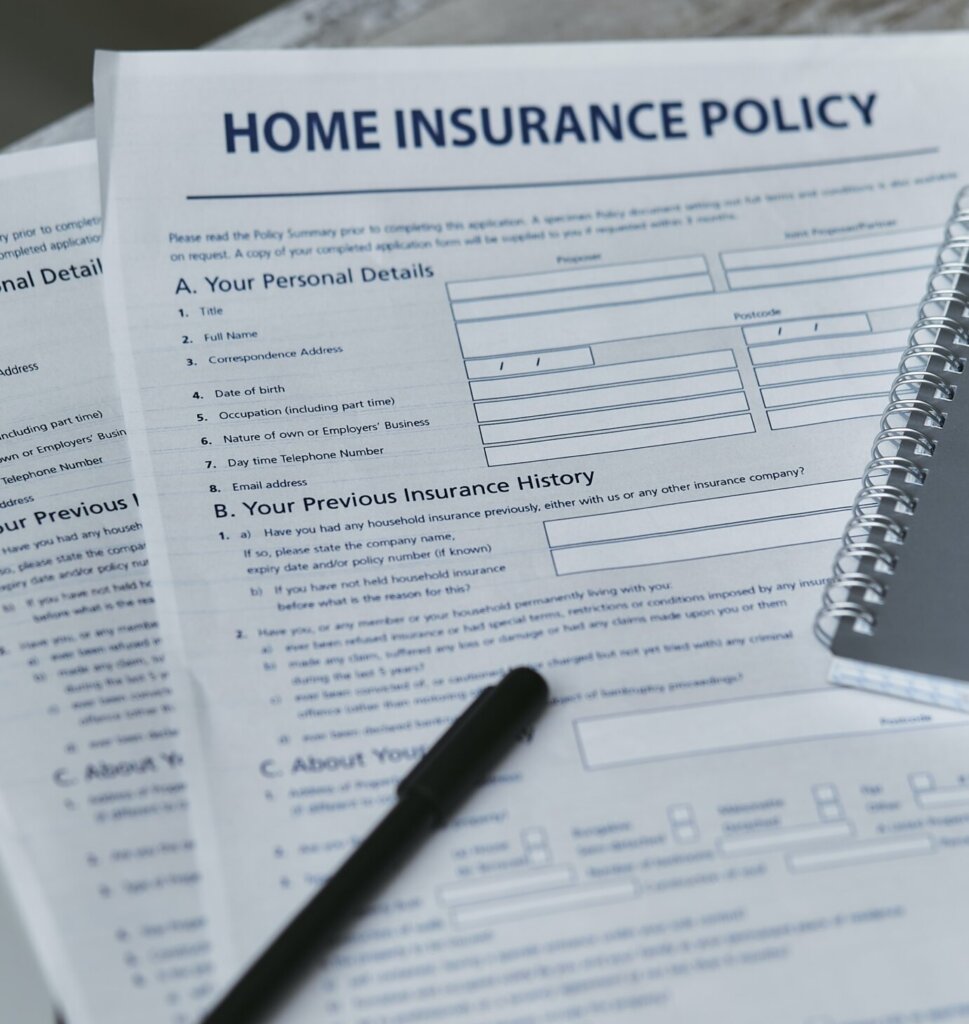Insurance Part II
I painfully stub my toe as I dash around the deep brown leather sofa. I make it to the kitchen, just in time to watch helplessly in horror, as flames come to life from the stove top and begin their steady ascent of destruction.
Everything happens in a blur – the dizzying kind that leaves you feeling as if time is moving at the pace of a snail but also, like it’s all over in a flash. Almost as if I’ve had one too many glasses of wine. I think we all know the feeling.
I dial triple zero while scrambling for anything to extinguish the fire. Tea towels… saucepans of water… anything… blind panic consumes me. My screaming echoes the blaring smoke alarm until suddenly, I find myself outside and in the carpark. Like I said, it was all over in a flash.
The building had been evacuated and all the residents of the complex found themselves waiting outside in shocked silence. Firemen managed to contain the fire to my apartment or what’s left of it at least. Police officers had just started arriving, scanning the crime scene for any signs of malicious intent.
With heavy limbs, I tap on the closest officer’s broad shoulders.
“My name is Sally. I’m the tenant at unit 4 and I accidentally started the fire.”
***
In the previous article, we covered the difference between tenant (contents) and owner (landlord) insurance. For this article, we will cover building and strata insurance. So, in the unlikely event that you should find yourself in a similar situation to poor Sally, you’ll be equipped with a better understanding of the main insurance types and their purposes.
Building insurance is designed to help cover the cost of loss or damage to the insured physical structures that make up your home building. This includes everything from the house itself, to your garage, fences, and paved driveways, as well as fixtures like hot water systems, air conditioners and more – Allianz (allianz.com.au). Building insurance is usually relevant to stand-alone homes and in some cases townhouses. Townhouses will need their own building insurance if they are not part of the strata scheme – survey strata properties are independent of strata insurance. This type of insurance will usually cover:
- Legal liability cover for compensation required in situations where someone has been injured, or their property has been damaged during the insurance period.
- Alternative accommodation if the building is uninhabitable due to damage from an insured event.
- Rebuilding costs if rebuilding is required due to a total loss or damage. Insurance companies such as Allianz will also compensate for:
- Professional fees (architects, engineers etc.)
- Statutory compliance requirement costs
- Debris removal
- Locks/cylinders replacement under the suspicion of theft
Strata insurance covers buildings with shared property, such as apartments and townhouses, in case of insured incidents such as break-ins and extreme weather events – AAMI (aami.com.au). Examples of shared property may include driveways, letter boxes, balconies, public common areas and shared walls. The strata title scheme should define what is included as shared property. Strata insurance will usually cover:
- Office bearer’s liability cover in incidents where a claim is made against committee members.
- Legal liability cover for compensation required in situations where death or injury occur to other people, loss or damage to their property and associated legal costs as a result of an insured event.
- Compensation for loss of rent to owners as well as temporary accommodation for residents if the building becomes uninhabitable due to an insured event.
- Optional shared contents cover for damage/loss to shared property such as gym equipment (owned by the strata), common property furniture, laundry appliances and gardening equipment.
- Compensation for emergency repairs and leak exploration costs.
- Fraudulent embezzlement.
A very important note to make is that insurance only covers insured events. These events can range from theft to fires. This means that if your oven stops working due to age, it is not going to be covered by insurance. Sally, our unlucky tenant from the story above, had her entire apartment burnt down from an accidental fire. In this case, the oven would be covered by insurance (if applicable) as fires are usually an insured event.
In the previous article, it was mentioned that Sally didn’t have contents insurance. Let’s say that strata (as she lives in an apartment) and landlord insurance were applicable. Then, damages to the building and shared property would be covered by the strata’s insurance, and damages to the owner’s contents which include flooring and window treatments (these are not covered by the strata) would be covered by the landlord’s insurance. Lastly, Sally’s belongings such as her expensive leather couch wouldn’t be covered as she didn’t have contents insurance.
It is very important to review what is covered, and what is classified as an insured event under your insurance policy. It is just as important to understand the differences between these main property insurance types. So that if you do, unfortunately, end up like Sally, you are aware of your level of insurance coverage.
Regards,
